Introduction
Lighten a Dark Hallway: Dark hallways are common in many homes, often feeling unwelcoming and even a bit gloomy. These spaces can be challenging to decorate and can detract from the overall ambiance of your home. Brightening them isn’t just about aesthetics; it’s also about safety, as well-lit areas can help prevent trips and falls.
This comprehensive guide will explore various strategies to lighten a dark hallway that lacks natural light. You’ll find actionable tips to transform your space from selecting the right lighting fixtures to incorporating reflective surfaces and clever design elements.
Choosing the Right Lighting
Overhead Lighting
The foundation of brightening a dark hallway begins with effective overhead lighting.
Types:

Chandeliers:
It offers elegance and can make a statement in a hallway.

Flush Mounts:
It is ideal for low ceilings and provides even light distribution.

Recessed Lights:
It is excellent for a sleek, modern look and can be spaced out for consistent illumination.
Placement Tips:
- Install multiple recessed lights along the length of the hallway for balanced lighting.
- Consider placing chandeliers or flush mounts at regular intervals to avoid dark spots.
Wall Sconces
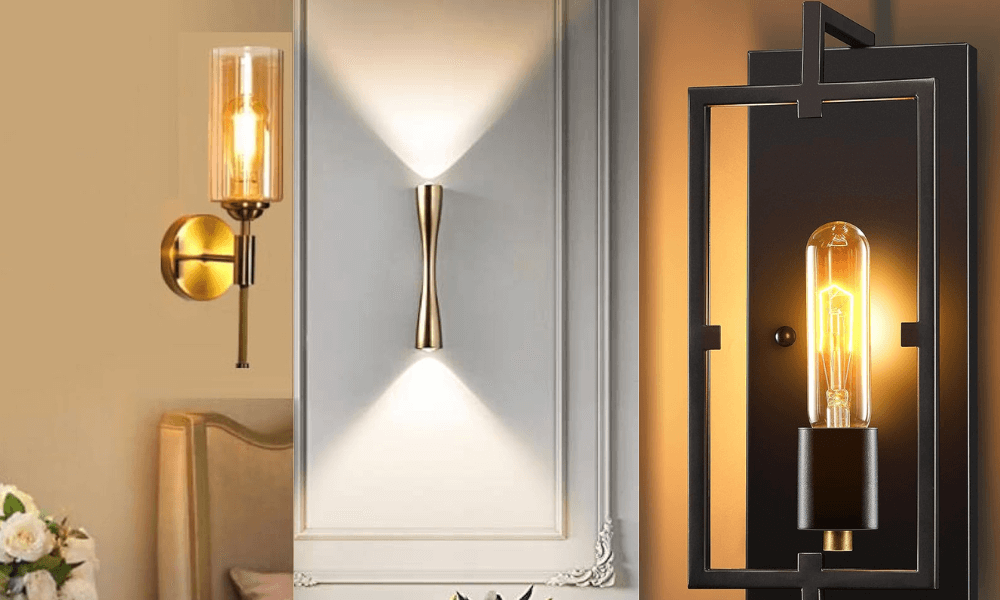
Wall sconces add both style and function, providing additional lighting sources that are perfect for hallways.
Benefits:
- Free up floor space and reduce the need for table lamps.
- Add a decorative element to otherwise plain walls.
Ideal Placement and Styles:
- Position sconces at eye level for optimal light distribution.
- Choose styles that complement your home’s decor, from modern to vintage.
Floor and Table Lamps
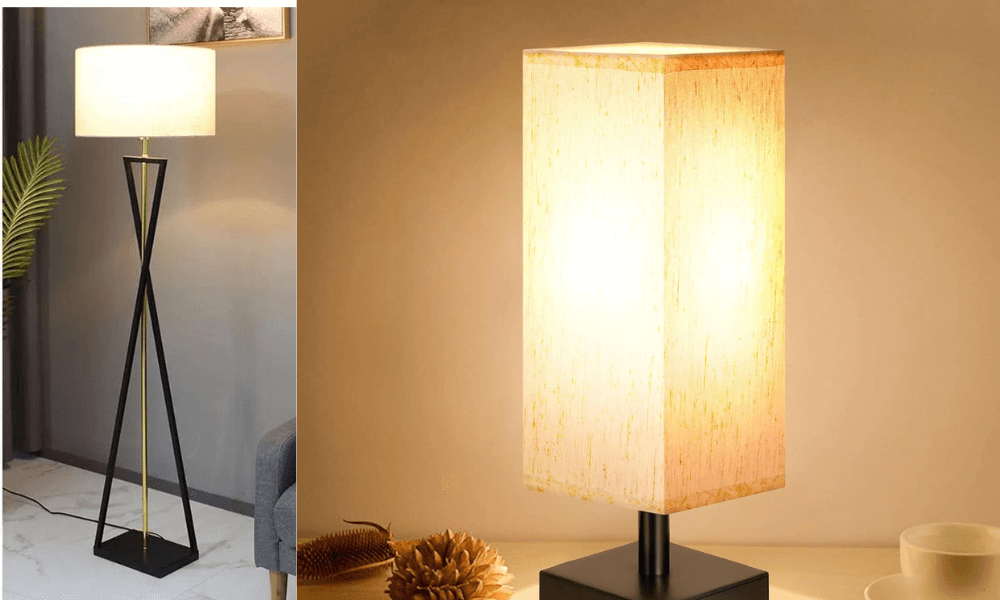
Lamps are versatile lighting options that can be moved and adjusted as needed.
Adding Layers of Light:
- Use a combination of floor and table lamps to create layers of light.
- Place lamps at different heights to eliminate shadows and dark corners.
Selecting the Right Lamp:
- Choose lamps with light-colored or translucent shades to maximize light output.
- Consider adjustable lamps that can direct light where it’s needed most.
Using Light Colors and Reflective Surfaces
Paint and Wallpaper
Choosing the right colors for your hallway walls can significantly impact their brightness.

Light Colors:
- Opt for shades like white, cream, or pastel hues to reflect more light.
- Avoid dark colors because they absorb light.
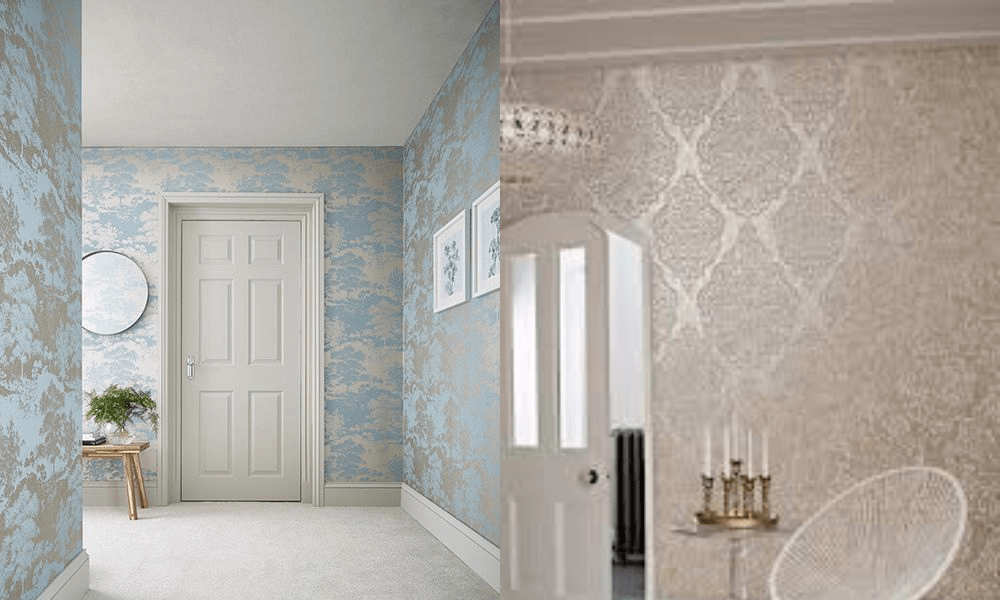
Reflective or Metallic Wallpapers:
- Wallpapers with metallic or glossy finishes can bounce light around the room.
- Patterns with light backgrounds can also help brighten the space.
Mirrors
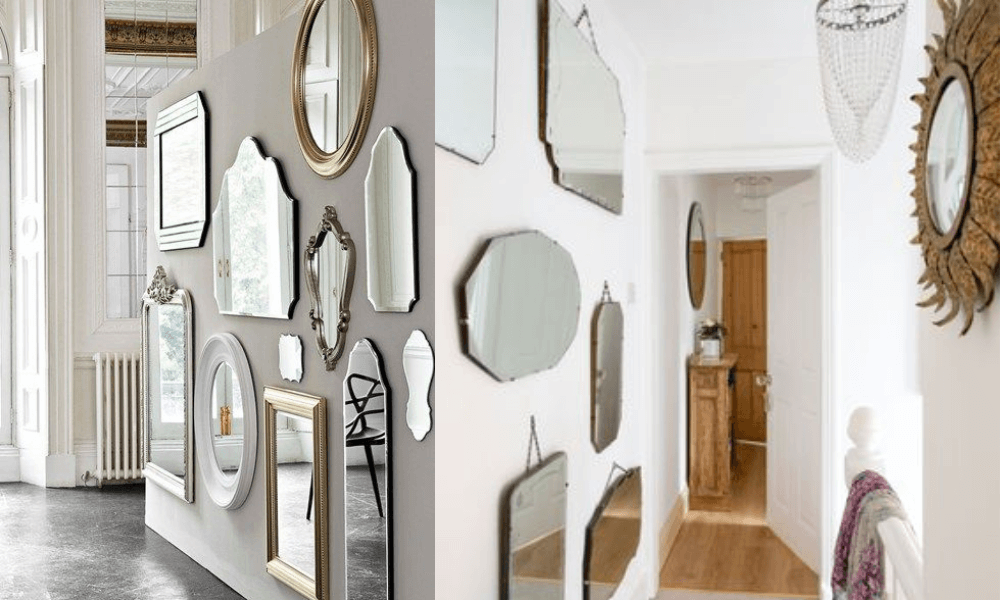
Mirrors are powerful tools for reflecting light and creating a sense of space.
Strategic Placement:
- Place mirrors opposite light sources to maximize reflection.
- Use a large mirror at the end of the hallway to create depth.
Styles and Sizes:
- Consider using multiple smaller mirrors to create a gallery wall effect.
- Choose frames that match your decor style for a cohesive look.
Glossy Surfaces
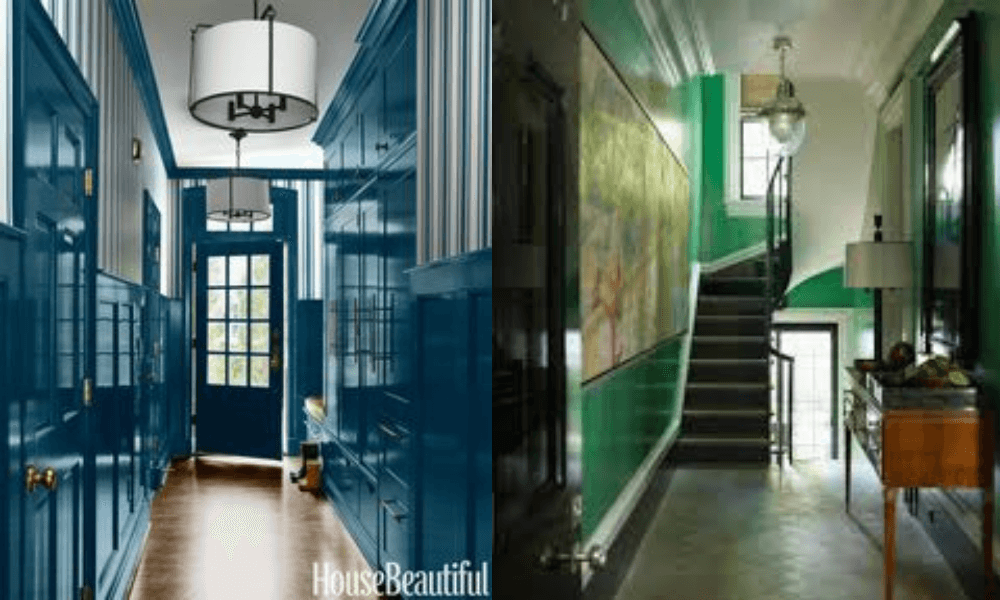
Incorporating glossy surfaces can further enhance light reflection in your hallway.
Glossy Paint, Tiles, and Furniture:
- Use high-gloss paint for walls or trim to reflect light.
- Select glossy tiles for flooring or wall accents.
- Choose furniture with shiny finishes, such as lacquer or glass.
Decorative Elements
Artwork and Wall Decor
Decorative pieces can contribute to the brightness of your hallway when chosen carefully.
Light-Colored or Reflective Artwork:
- Select artwork with light backgrounds and bright colors.
- Consider pieces with metallic accents or frames.

Arranging Decor:
- Arrange artwork in a way that complements your lighting.
- Use light-colored or metallic frames to enhance the overall brightness.
Rugs and Carpets
Flooring choices play a crucial role in how light or dark your hallway feels.

Light-Colored Rugs:
- Opt for rugs in light shades like white, beige, or pastel colors.
- Avoid dark rugs that can make the space feel smaller.
{Lighten a Dark Hallway}
Patterns:
- Choose patterns that add visual interest without overwhelming the space.
- Geometric or floral designs in light colors can add to the brightness.
Maximizing Light with Smart Design
Glass Doors and Partitions
Incorporating glass elements can allow light from adjacent rooms to spill into the hallway.
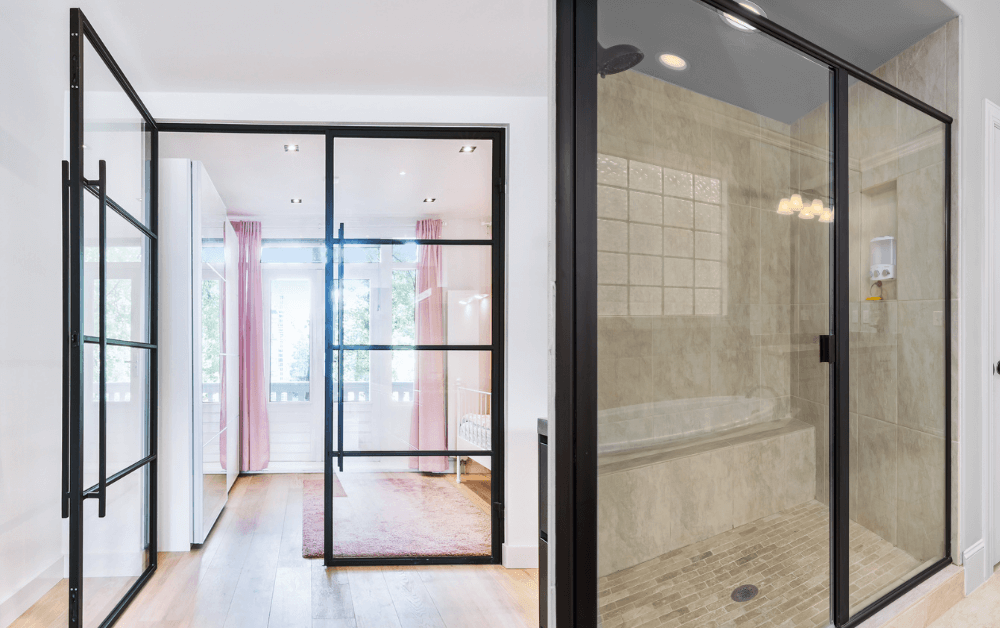
Using Glass:
- Replace solid doors with glass doors to increase light flow.
- Consider installing glass partitions instead of solid walls.
Frosted or Clear Glass:
- Frosted glass offers privacy while still allowing light to pass through.
- Clear glass maximizes light but may require additional privacy solutions.
Open Shelving
Replacing bulky furniture with open shelving can make your hallway feel more spacious and bright.
Benefits:
- Open shelving reduces visual clutter and allows light to pass through.
- Provides storage without blocking light.
Organizing Tips:
- Keep shelves organized and avoid overcrowding.
- Use light-colored or transparent storage containers.
Using Technology
Smart Lighting Systems
Smart lighting can offer convenience and customization to brighten your hallway.

Advantages:
- Control your lights remotely using a smartphone or voice assistant.
- Adjust brightness levels and set schedules for optimal lighting.
Smart Lighting Products:
- Philips Hue and LIFX offer a range of smart bulbs and lighting solutions.
- Consider products that integrate with your existing smart home system.
{Lighten a Dark Hallway}
Light Sensors and Timers
Automating your lighting can enhance both convenience and energy efficiency.
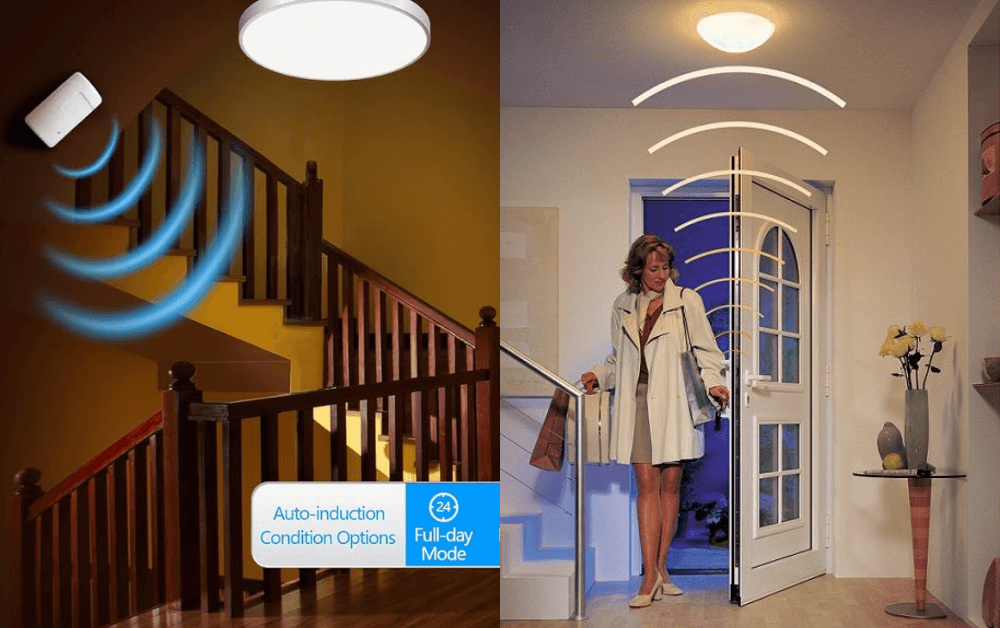
Automating Lights:
- Install light sensors that turn on lights when motion is detected.
- Use timers to ensure your hallway is always well-lit during key times of the day.
Setting Up Sensors and Timers:
- Place sensors in areas where they will detect movement easily.
- Set timers to align with your daily routine, such as turning on lights in the evening.
DIY Solutions
LED Strips and Rope Lights
LED lighting offers a versatile and energy-efficient way to brighten dark areas.
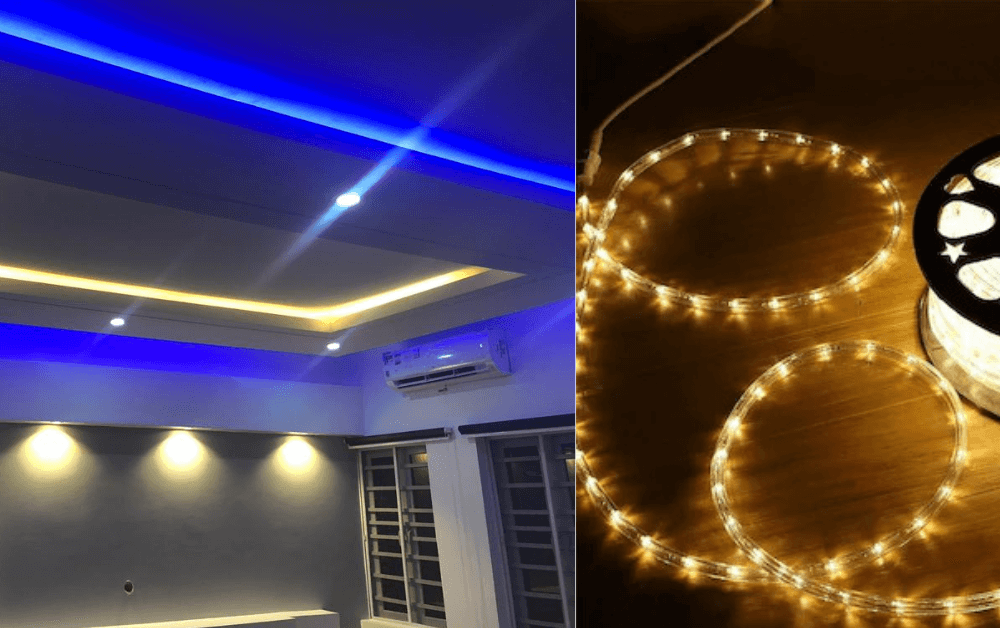
Creative Uses:
- Install LED strips under shelves or along baseboards for subtle lighting.
- Use rope lights to outline doorways or create patterns on walls.
Safe Installation Tips:
- Ensure LED strips are securely attached and properly connected.
- Use adhesive-backed strips for easy installation without damaging walls.
Battery-Operated Lights
Battery-operated lights are a convenient solution for areas without electrical outlets.
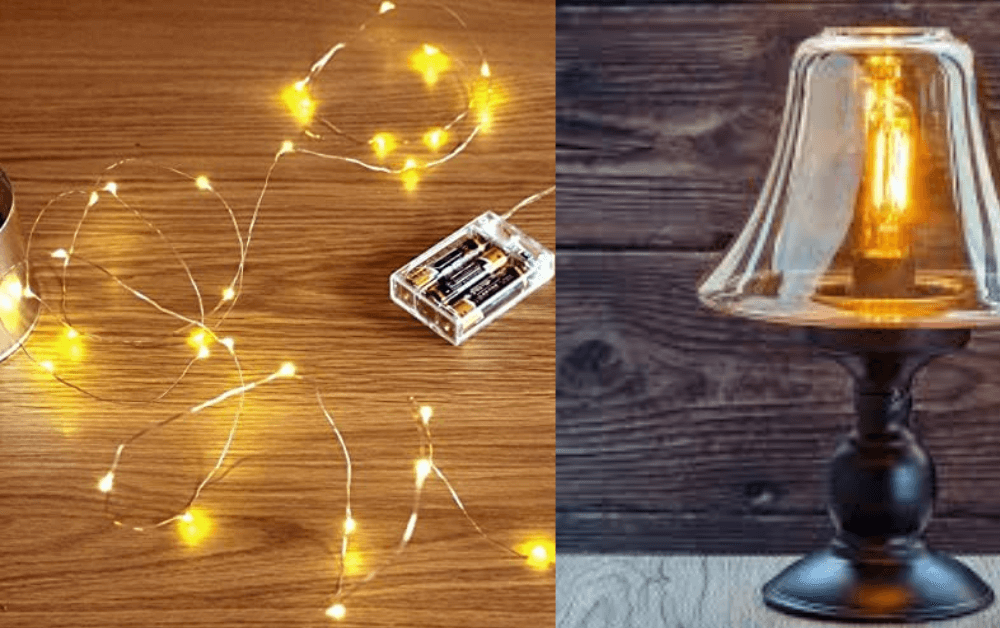
Options:
- Stick-on LED puck lights can be placed anywhere for instant illumination.
- Motion-sensor lights provide light only when needed, saving battery life.
Easy Installation:
- Use adhesive backing or hooks to secure lights in place.
- Choose lights with replaceable batteries for long-term use.
Conclusion: {Lighten a Dark Hallway}
Brightening a dark hallway can transform it from a dreary pass-through to a welcoming and functional space. By choosing the right lighting, incorporating light colors and reflective surfaces, and utilizing smart design elements and technology, you can create a hallway that is both beautiful and practical.
We hope these tips inspire you to take on the challenge and see the incredible transformation for yourself. Don’t forget to share your tips and experiences with us—your insights could help others on their home improvement journeys.
Ready to brighten your hallway? Start implementing these tips today and watch your space come to life! For personalized advice and ideas, book a call with one of our design experts. They can help you refine your style and choose the perfect pieces for your home. {Lighten a Dark Hallway}
Read Also: 50 Ways to Hang Art Without Damaging Walls
Read Also: 14 Easy Small Front Porch Decorating Ideas on a Budget
Read Also: 17 Large and tall Indoor Plants for your Incredible Home
What is the best color to brighten a dark hallway?
To brighten a dark hallway, the best color choices are typically light and reflective hues. Here are some effective options:
White: Pure white can make a space look much brighter and more open by reflecting the maximum amount of light.
Light Gray: A soft, light gray adds a modern touch while still reflecting light well.
Pale Yellow: A pale, sunny yellow can bring warmth and brightness without being too overpowering.
Soft Blue: Light blue can give a fresh, airy feel to a dark hallway.
Cream: A warm cream color adds a cozy, bright feel and complements various decor styles.
Additionally, consider using semi-gloss or satin finishes, which reflect more light than matte finishes, and add mirrors or reflective decor to further enhance the brightness.
What is the most welcoming hallway color?
Here are some top choices:
Warm Beige: A versatile color that provides a cozy and inviting feel without being too bold.
Soft Sage Green: This color offers a calming and natural vibe, creating a welcoming environment.
Light Terracotta: A soft terracotta brings warmth and a touch of earthy elegance, making the space feel inviting.
Pale Lavender: A light lavender adds a gentle, soothing touch while being subtly cheerful.
Warm Gray: A warm gray with beige undertones (often called “greige”) offers a sophisticated yet welcoming look.
These colors can make a hallway feel more inviting and pleasant, especially when paired with good lighting and complementary decor elements.
How to make a small dark hallway look bigger and brighter?
To make a small dark hallway look bigger and brighter, use light colors like white or soft pastels on walls and ceilings. Incorporate mirrors to reflect light. Opt for bright, energy-efficient lighting, such as LED fixtures. Keep the hallway clutter-free and use minimalistic furniture. Add glass elements, like doors or decorative items, to enhance light flow. Use vertical stripes or large-scale artwork to draw the eye upward, giving a sense of height. Finally, ensure the flooring is light-colored and continuous with adjacent rooms to create a seamless, spacious feel.
